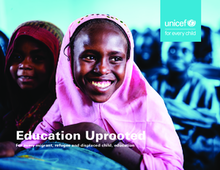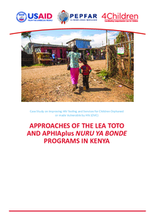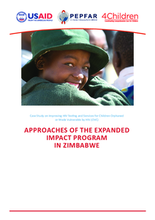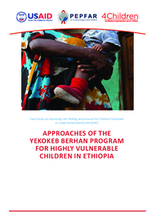Displaying 181 - 190 of 350
The purpose of this study was to determine the proportion of school moves that can be reduced through implementation of the educational stability provisions of the Fostering Connections to Success and Increasing Adoptions Act (FCA, 2008) and the Every Student Succeeds Act (ESSA, 2015), and to identify opportunities to minimize the number of transitions that children and youth in foster care experience in the US.
This study employed Concept Mapping (CM) with a convenience sample of 51 foster youth/alumni in one southeastern state in the US to explicate a conceptual framework for the development of campus supports for collegiate foster youth/alumni, and examine priority areas (e.g., importance and feasibility).
This document sheds some light on where funding discussions currently stand with regard to U.S. government programs for global children and youth issues.
This study explores the possibility that early care and education (ECE) services (e.g., child care, preschool, day care) can help the Child Welfare System achieve its goal.
This study explored whether receipt of early care and education services reduces the likelihood of foster care placement for children aged 0-5 years in the United States.
This report provides essential data and information on educational challenges faced by nearly 50 million uprooted children around the world.
In this case study, Coordinating Comprehensive Care of Children (4Children) documents and evaluates the work of COGRI’s Lea Toto program and the FHI360 led APHIAplus program in Kenya.
In this case study, Coordinating Comprehensive Care of Children (4Children) documents and evaluates the work of the World Education/Bantwana Expanded IMPACT program in Zimbabwe.
In this case study, Coordinating Comprehensive Care of Children (4Children) documents and evaluates the work of Pact's Yekokeb Berhan Program for Highly Vulnerable Children in Ethiopia.
This chapter explores how the failing system of traditional almajiri education, challenges associated with government efforts to integrate almajiri education into the formal school system, social exclusion and hostility contribute to increase the boys’ vulnerability to radicalisation and recruitment by Boko Haram.





